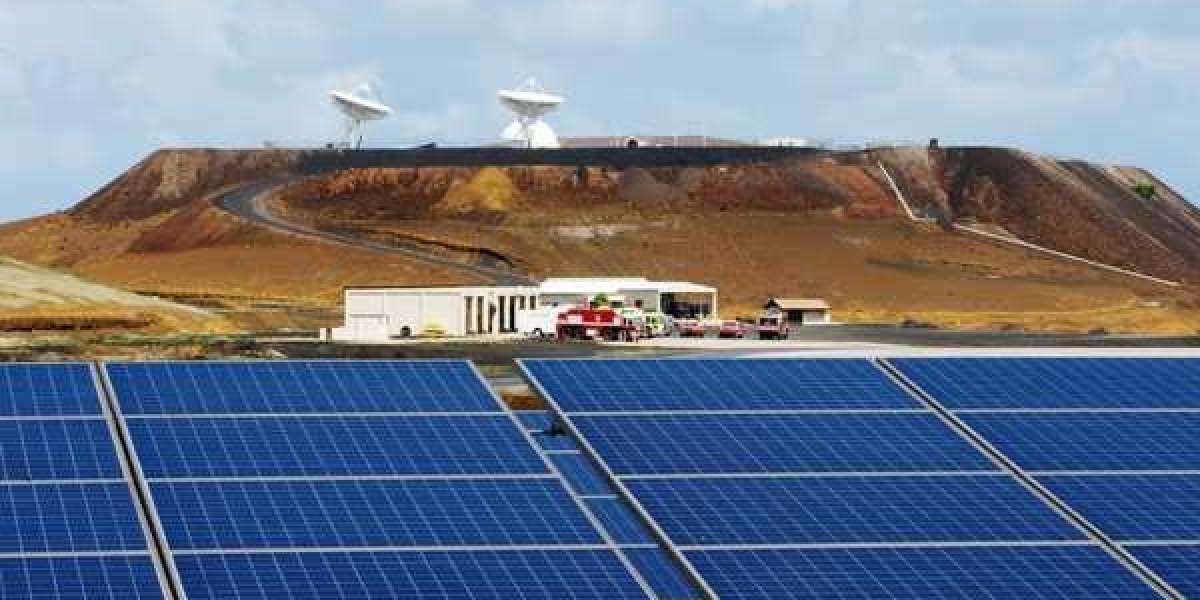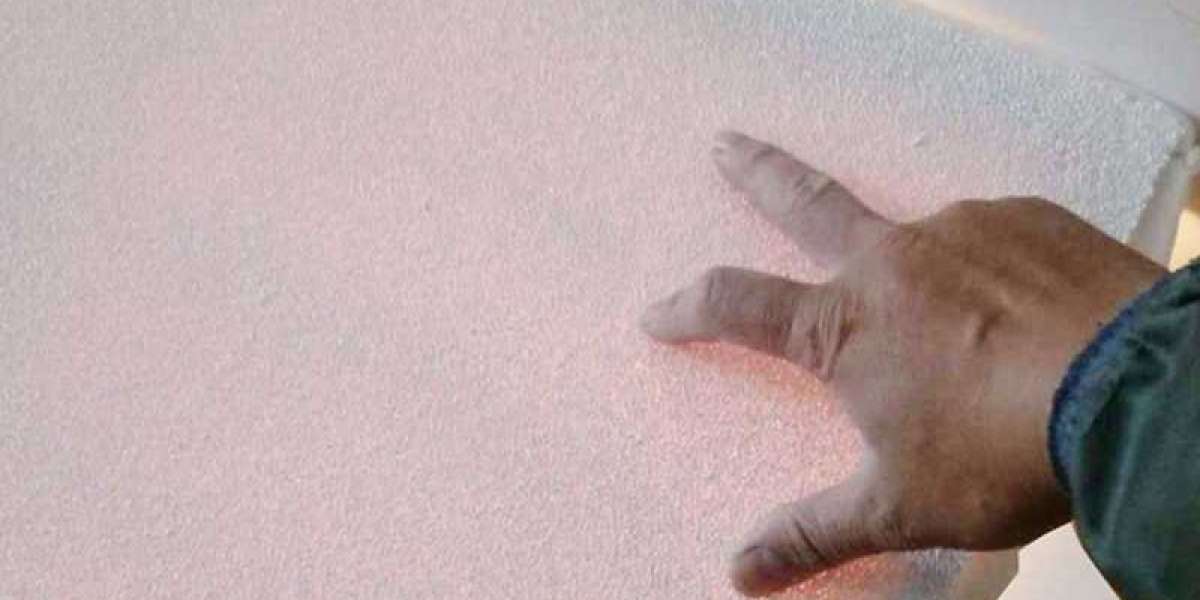Lithium iron phosphate (LFP) is a rechargeable LiFePO4 battery. Among them, lithium iron phosphate is the positive material, graphite is the negative electrode. Compared with traditional lithium-ion batteries, LFP batteries have a larger specific capacity. However, the energy density of the battery is lower than that of traditional lithium-ion batteries. This is because LFP cells operate at a lower voltage.
LFP has the advantages of long-term stability, low toxicity and low cost, and has been widely used. It is now widely used in vehicle and utility scale stationary applications.
Discharge depth of lithium iron phosphate battery.
When a lithium-ion battery discharges, the amount of energy extracted determines how deeply the battery can discharge. Assume that the battery capacity is 100 ah-h. When the battery capacity is 50ah, the discharge depth is 50%. Depending on the type of battery used, the depth of charge determines the number of cycles the battery can make.
Lithium iron phosphate batteries can perform a maximum number of charge and discharge cycles depending on the technology used inside the battery. LFP batteries are therefore ideal for stationary energy storage systems and all applications requiring long life. The number of cycles of LFP depends on several factors, one of which is discharge depth (DOD). Under optimal conditions, the lifetime "number of cycles" of LFP cells decreased with DOD.
Lithium phosphate battery weight and space.
LFP batteries are used for high power application applications that require long life. LFP batteries produce large discharge currents, do not explode, and have a long cycle life. But it has a lower energy density than traditional lithium-ion batteries. LFP cells are rated at 3.2V. Considering the long cycle life, LFP batteries are the lowest cost of all lithium-ion batteries. In most lead-acid batteries, the efficiency of the return from 100% discharge to 0% discharge to 100% discharge is about 80%. In the LFP cell, the reciprocating efficiency is 92%. The battery management system (BMS) fully controls all parameters of the battery and provides optimal safety and performance.
LFP batteries can save up to 70% space and 70% weight. It's a battery for small applications like electric cars, where space, weight and size matter. Compared to lead-acid batteries, LFP batteries weigh only 40 percent of their weight.
Number of cycles of lithium iron phosphate battery.
Lithium iron phosphate batteries have a battery voltage of 3.2V or 3.3V. The end of charge voltage of LFP batteries is usually 3.6V to 3.65V. The discharge voltage is between 2.8V and 2.5V. The LFP has high cycle stability, so it can make 1,000 to 2,000 more cycles than traditional lithium-ion batteries. In addition, LFP cells do not release oxygen when errors occur. In this way, the LFP battery will be very safe, as the risk of explosion and fire is minimized. The cycle life of lithium iron phosphate battery is very long, which can reach 2000 cycles of charge and discharge. LFP batteries have a long cycle life because the crystal structure of iron phosphate does not break when lithium ions are repeatedly loaded and disassembled during charging and discharging.








